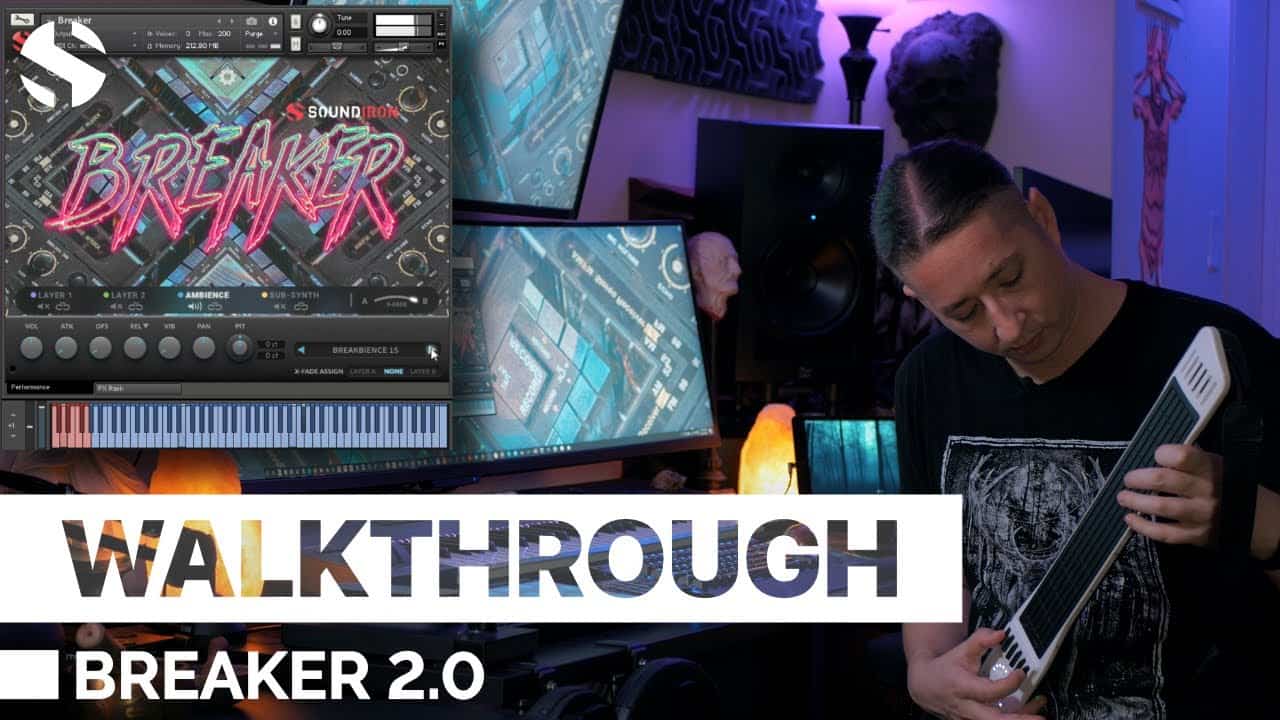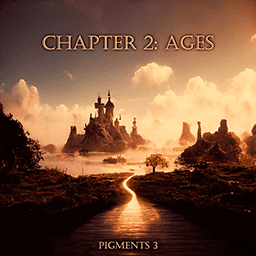The bass is one of the most important instruments in a track. It provides the foundation that the other instruments build off of. As such, it’s important to use the bass judiciously to create a track that is balanced and sounds good. This blog post will discuss how composers use bass in their tracks.
How Do Composers Use Bass in Their Tracks
Bass provides the foundation for a track. It establishes the rhythm and sets the mood. The right amount of bass can make a track feel powerful and exciting, while too much can make it sound cluttered and muddy.
Composers have to Strikes a Balance with Basslines
Although the low end is important, too much bass can muddle up a mix and make it difficult to hear the other instruments. This is why composers must strike a balance when using bass in their tracks. The goal is to have the bass be present enough to provide the foundation for the track, but not so overpowering that it drowns out everything else.
To achieve this balance, composers need to be mindful of both the bass’s volume and the frequencies they’re using. For instance, a composer who wants to create a driving bassline might use a Sawtooth wave with many sub-bass frequencies. On the other hand, if they want to create a lighter, more airy sound, they might use a Square wave with fewer sub-bass frequencies.
Bass and Other Instruments
It’s also important to consider the other instruments in the track when creating a bassline. The bass should complement the other instruments, not compete with them. For example, if a track has a lot of high-pitched melodies, the bassline should be more subdued so that it doesn’t overpower those melodies.
In general, the bass should be used to support the other instruments in the track. It can provide countermelodies, fill in gaps, or add movement. But no matter what role it’s playing, the bass should always complement the other instruments in the track and help create a balanced sound.
Conclusion
The bass is an essential component of any track. It can provide the perfect foundation for the other instruments when used correctly. However, it’s necessary to strike a balance when using bass so that it doesn’t become overwhelming or muddled. With careful consideration of both volume and frequency, any composer can create beautiful tracks that showcase their talents.
Bass FAQ
What is the best way to add bass to a track?
There is no one right answer to this question. It depends on the other instruments in the track and the desired sound.
Can too much bass ruin a track?
Yes, too much bass can make a track sound cluttered and difficult to listen to. It’s important to find a balance so that the bass supports the other instruments without overpowering them.
Is it better to use a Sawtooth or Square wave for bass?
Again, there is no one right answer. It depends on the desired sound. A Sawtooth wave will create a more driving bassline, while a Square wave will be lighter and airier.
What other instruments does the bass need to complement?
The bass should complement all of the other instruments in the track. It should fill in gaps, provide countermelodies, or add movement.
How can I make sure the bass doesn’t overpower the other instruments?
You can use a lower volume or fewer sub-bass frequencies.
Is there anything else I need to know about using bass in my tracks?
Bass is an important part of any track, but it’s only one piece of the puzzle. Be sure to consider all of the other instruments in the track when creating a bassline. The goal is to create a balanced sound that complements all of the other elements in the track.










